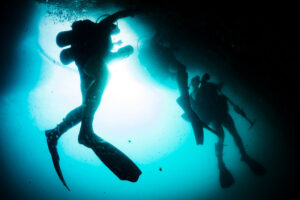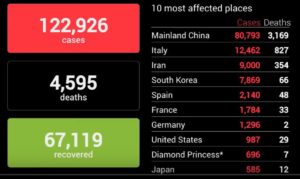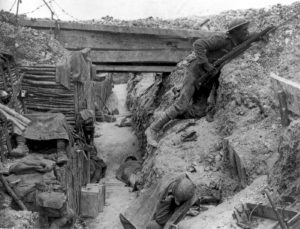The Siege of Leningrad, Nazis and the Untold History of World War II in Russia and Estonia
A trip to Northern Europe and the former Soviet Union uncovers buried truths about Adolf Hitler and the Holocaust—and reminds us of the power of travel to astound. A scene in Estonia. (Sandy Tolan)
1
2
A scene in Estonia. (Sandy Tolan)
1
2

A statue of Josef Stalin in Moscow’s Park of Fallen Heroes. (Sandy Tolan)

Red Square in Moscow. (Sandy Tolan)

Diorama depicting the 900-day Siege of Leningrad, at the State Museum of St. Petersburg’s History. (Sandy Tolan)

Children’s drawings at the State Museum of St. Petersburg’s History. (Sandy Tolan)

One of the dead in the Siege of Leningrad. (Sandy Tolan)

Memorial scroll from President Franklin Roosevelt sent to the people of Leningrad in May 1944. (Sandy Tolan)
Independent journalism is under threat and overshadowed by heavily funded mainstream media.
You can help level the playing field. Become a member.
Your tax-deductible contribution keeps us digging beneath the headlines to give you thought-provoking, investigative reporting and analysis that unearths what's really happening- without compromise.
Give today to support our courageous, independent journalists.






You need to be a supporter to comment.
There are currently no responses to this article.
Be the first to respond.